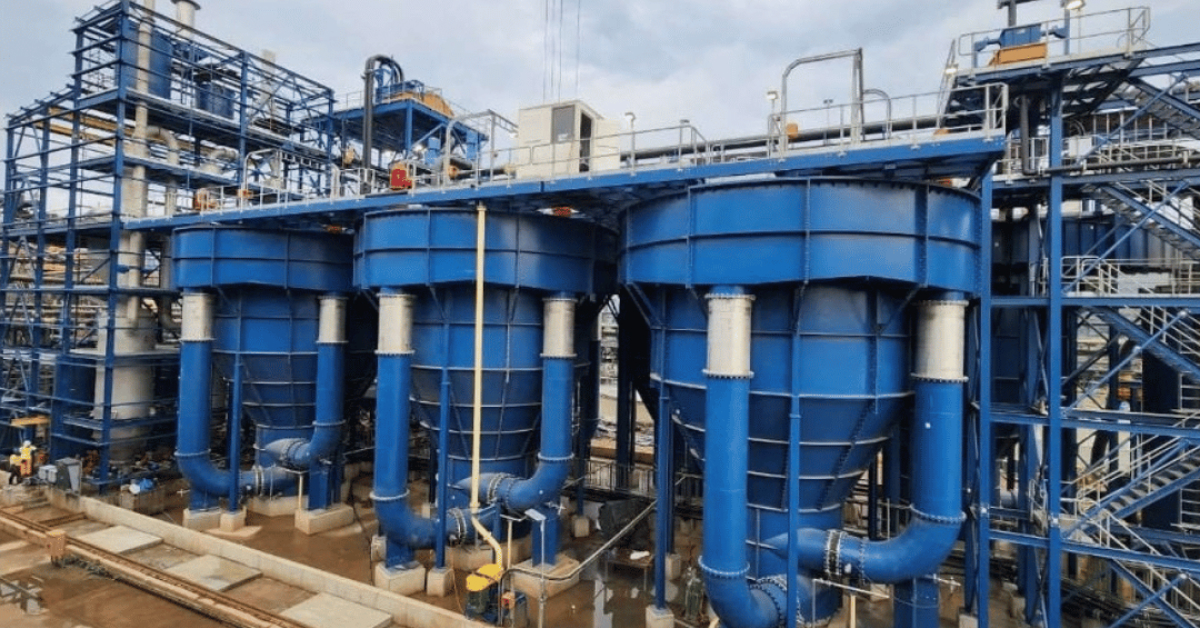The imminent closure of the ArcelorMittal Newcastle ‘long’ steel products operation in Newcastle, KwaZulu-Natal, is likely to cause considerable turbulence within the local steel sector, with potential projected ‘knock-on’ effects including product shortages, quality issues and even price increases, according to Southern African Institute of Steel Construction (SAISC) Chief Executive Officer, Amanuel Gebremeskel.
Commenting on an announcement by ArcelorMittal South Africa in which the company advised that it had had exhausted all options and could not save the mill from closure, Gebremeskel warns that shutting down the only remaining fully integrated mill – and the largest producer of long steel products in South Africa – could have serious repercussions.
Economic challenges and supply shortages
According to ArcelorMittal South Africa’s board and management, aggressive cost-saving initiatives, improved raw material cost-savings, asset footprint adjustments and other productivity measures had unfortunately not managed to counter the combined impact of a slow economy, difficult trading environment, high logistics costs and protracted grid energy supply issues.
“The production and supply of all long products will be affected, including UB, UC, IPE, angles, channels and rods. This will no doubt affect the local and regional market considerably, especially for those products such as UB and UC profiles where ArcelorMittal SA is the sole remaining local producer.
Mini-mills, merchants and service centres are likely to play a crucial role in making up the shortfall that will be left by the mill closure, having to expand and ramp up their production accordingly to procure new sources of structural steel in the case of merchants and service centres, and billets or scrap metal in the case of the mini-mills. However, this will inevitably take time.
In addition, while we have several mini-mills producing good quality long steel products, their range may be limited. The mill closure may also have an adverse effect on the price of steel. In turn, various projects which are in the planning stages may be adversely affected both in terms of cost and scheduling,” Gebremeskel observes.
However, he adds that the engineers, detailers, merchants, fabricators and contractors who know how to design, specify and procure steel in such a way that the market disruption does not negatively affect their projects, will succeed despite challenges moving forward.
Benefits of beneficiation
The Newcastle mill is the only remaining fully integrated mill in South Africa which converts iron ore into long product steel. Other mills either recycle steel, or use billets as their input material when making long products.
Gebremeskel points out that this is significant when it comes to the local beneficiation of South Africa’s abundant iron ore resources, which are mainly exported to steel manufacturers around the world.
He also laments the projected 3 500 job losses, in an area where unemployment is already high. “These are very worrying – particularly considering the already high levels of unemployment in South Africa. The steel industry provides well-paid, quality jobs and any manufacturing facility closure is therefore of great concern. Various jobs at value-adding service providers that are linked to the Newcastle operation will also be adversely affected,” he comments.
Steel quality and availability
Just as concerning, he adds, is that the SAISC – which is the acknowledged industry authority on South African structural steel material availability, training, technical specifications and standards – will have to reconsider the quality and range of steel products which are available locally, and communicate its findings to the market.
“Steel specifiers will also need to follow the market closely to ensure that the steel sections that they require are available, in the desired quantity and quality. Alternatively, they will need to think about redesigning their structures using substitute steel sections until the market stabilises,” he advises.
“Fabricators will have to communicate very closely and frequently with merchants, service centres and specifiers early in the design phase, so that only sections that are available in the desired timeframe, quality and quantity are specified. Contractors will also have to communicate very early on in the project life-cycle with fabricators, merchants and service centres – to ensure that material shortages or quality issues do not delay projects,” he continues.
Gebremeskel advises project owners to be aware of the inevitable transitionary challenges, and to make sure that they allocate sufficient budgets and set realistic lead-times when it comes to the structural steel required for their projects.
Quality supports sector sustainability
Most importantly, he also cautions the entire steel supply chain to be aware of quality issues that could potentially arise, and to support the SAISC in its ongoing quality initiative; as well as its mission and objective to develop and promote high standards within the industry.
“The closure of an established and high-quality long product manufacturing steel mill means that we will have to diversify our sources of long product steel. Inevitably, this means we will – more than ever – need a quality regime to closely monitor the steel which will either be imported, or be manufactured by smaller mills.
As the designated custodian of all technical matters related to structural steel, the SAISC spearheads this quality initiative on behalf of the South African steel sector, as the promotion of quality throughout the sector contributes to its ongoing viability and sustainability. We therefore call on all players in the steel value chain to support this vital initiative, so that we can maintain our lead in the design, manufacture and construction of high-quality steel projects locally and Pan-Africa,” Gebremeskel concludes.






